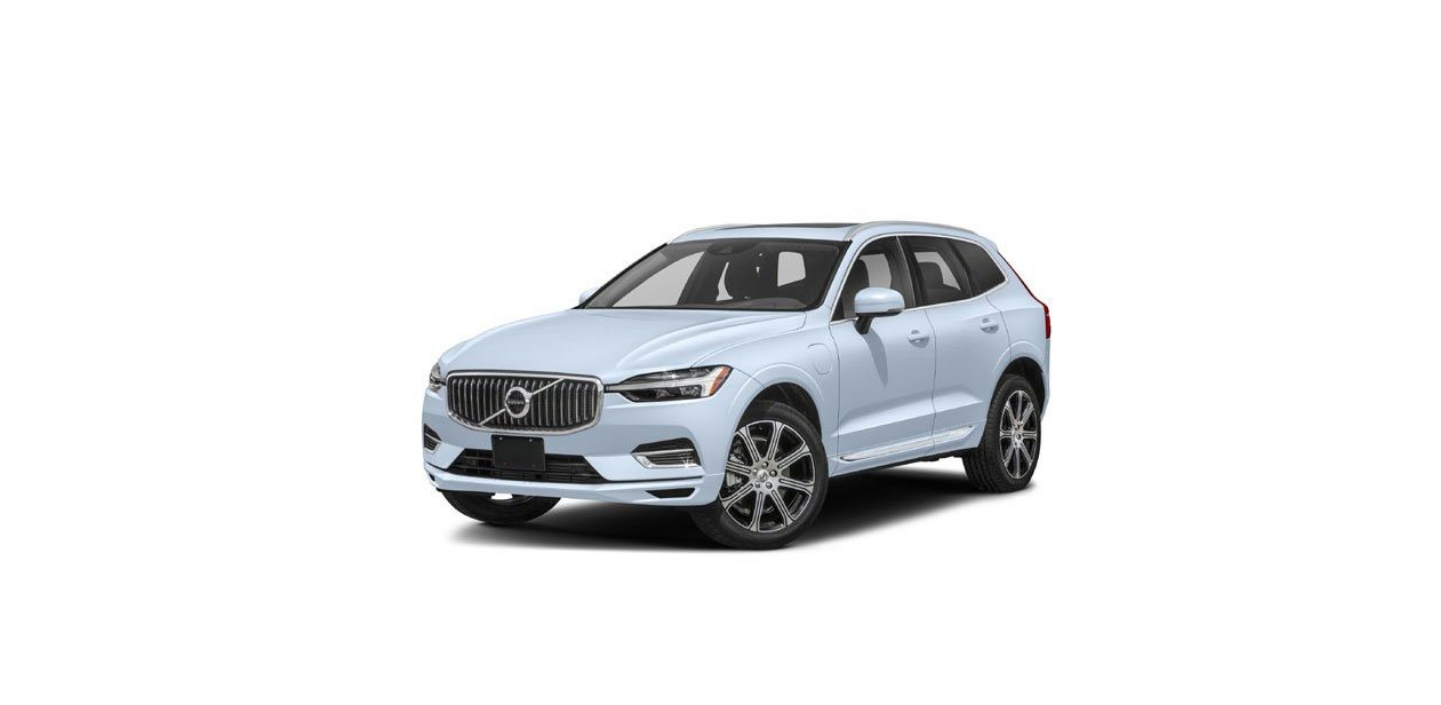Warning
- Under-inflation is the most common cause of tyre failure. This may result in severe tyre cracking, tread separation, or “blow-out”, with reduced control of the vehicle, which may lead to increased risk of injury.
- Tyres with pressure that is too low reduce the load capacity of the car.
Cold tyres
The tyre pressure must be checked when the tyres are cold. Tyres are considered cold when they have the same temperature as the surrounding air. This temperature is normally reached when the car has been parked for at least three hours. After having driven approximately 1.6 km (1 mile) these tyres are considered as warm. If you have to drive further than this to inflate the tyres, first check and record the tyre pressure. Then inflate to a suitable tyre pressure when you arrive at the pump. When the outside temperature changes, the tyre pressure also changes. A decrease in temperature of 10 degrees causes the tyre pressure to decrease 7 kPa (1 psi). Check the tyre pressure regularly and adjust to the correct pressure, which is specified on the car’s tyre information decal or certification label. If you check the tyre pressure when the tyres are warm then you must never release any air. The tyres are warm due to driving and it is normal for the pressure to increase above the recommended pressure for cold tyres. A warm tyre with tyre pressure equal to or below the recommendation for cold tyres may have a pressure that is far too low.
Adjusting tyre pressure
To avoid incorrect tyre pressure, the pressure should be checked on cold tyres. “Cold tyres” means the tyres are the same temperature as the ambient temperature (approx. 3 hours after the car has been driven). After a few kilometres of driving, the tyres warm up and the pressure increases.
- Remove the cap from the valve on one tyre and then press down the tyre pressure gauge firmly onto the valve.
- Inflate the tyres to the correct pressure, see the decal on the door pillar on the driver’s side showing the recommended pressure for factory fitted tyres.
- Refit the dust cap.
Note- After a tyre has been inflated, always refit the dust cap in order to avoid damage to the valve from gravel, dirt, etc.
- Only use plastic dust caps. Metal dust caps can rust and become difficult to ensure.
- Check the tyres visually for any implanted nails or other objects that could puncture the tyre and cause leakage.
- Check the sidewalls for any cavities, cuts, bumps or other irregularities.
- Repeat this for all tyres, including the spare tyre. (Option/accessory)
If you have over-inflated, release air by pressing in the metal pin in the centre of the valve. Then check the pressure again using the tyre pressure gauge. Some spare tyres require a higher tyre pressure than other tyres. Check in the tyre pressure table or on the tyre pressure label.




